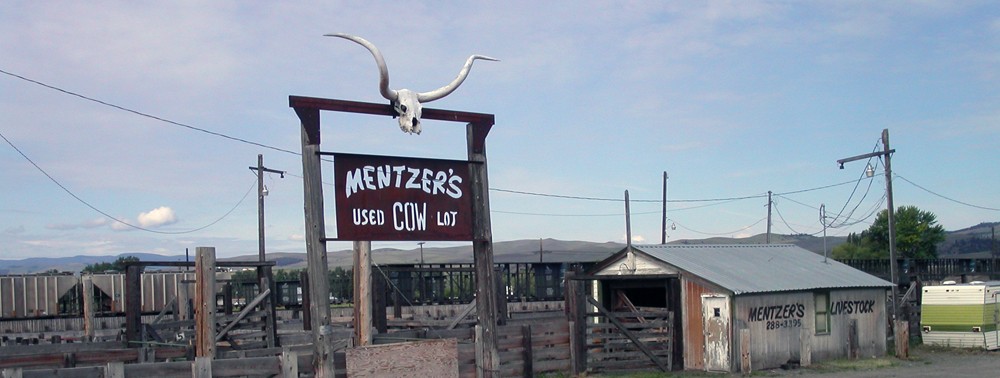In 2014, graduate students in the University of Maryland’s Urban Studies and Planning Program dipped their toes into the public engagement process associated with the development of a Montgomery County, Maryland, sector plan.
Lyttonsville is a historically African American hamlet in unincorporated Silver Spring. For much of the 20th century, Lyttonsville was Silver Spring’s other side of the tracks. Silver Spring was developed in the first half of the 20th century as a sundown suburb: a place where African Americans could not live (because of racial restrictive covenants) or shop, worship, and play (because of Jim Crow segregation).

Sign for one of Lee’s “restricted” subdivisions in NW Washington. Credit: DC Public Library/National Archives and Records Administration.
E. Brooke Lee (1892-1984) was a Democratic political boss in Montgomery County and he was one of Silver Spring’s earliest boosters and founders. Though he held various elected and appointed state and county offices, his primary career was in real estate development. Lee, through his North Washington Realty Company, transformed former farms into sprawling residential subdivisions. Each of Lee’s subdivisions contained racial restrictive covenants prohibiting African Americans from living there as homeowners and renters.
The only African Americans who could live in Lee’s subdivisions were domestic servants.

Typical covenants from properties Lee sold in Silver Spring. This deed was executed in 1930 for a lot in one of Lee’s Four Corners subdivisions.
There’s abundant evidence that Lee never renounced his white supremacist views, even as a septuagenarian. In the late 1960s as Montgomery County was debating and enacting civil rights laws outlawing discrimination in public accommodations and housing, Lee was railing against these laws in local newspapers describing them as “Anti-White Laws.”
The worst blow to the continued existence of the great suburban Montgomery County that her people have built since 1920 will come from the Anti-White laws — E. Brooke Lee, March, 1967.
And yet, the University of Maryland students, proposed a “Lyttonsville Historical Walking Tour” with a wayfinding sign dedicated to Lee and his contributions to the community.
Perhaps these students should literally go back to the drawing board with this one.

Lyttonsville and the Proposed Purple Line Station, Appendix B, p. 82.
© 2017 D.S. Rotenstein
Like this:
Like Loading...






 I would like to thank the staff of the
I would like to thank the staff of the 

